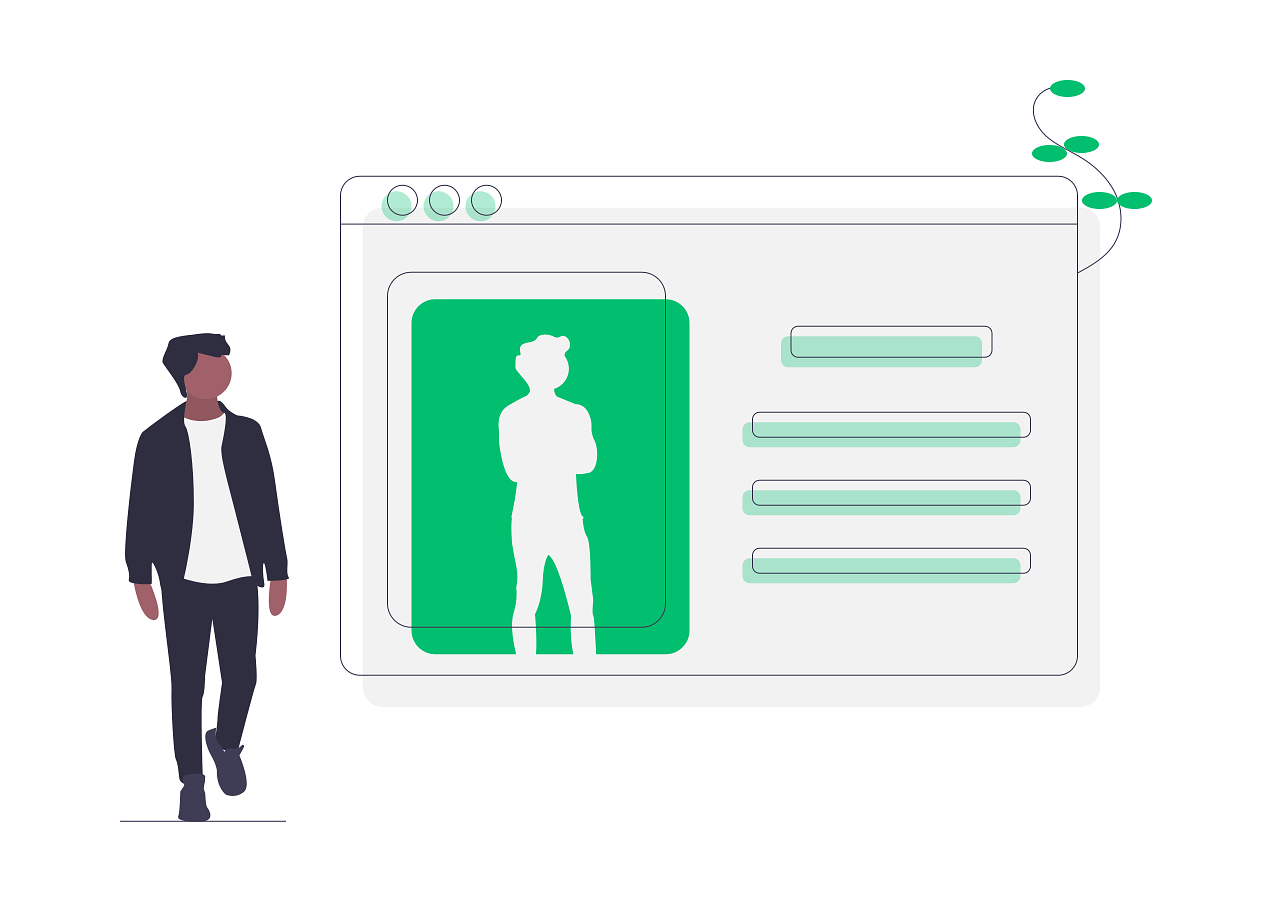Understanding Your Audience
Every successful webinar strategy starts with understanding who your audience is—what kinds of goals/struggles they have, where their attention lies, and what's important to them.

In fact, you'll notice that most of our courses start with helping you understand your audience and there's a great reason for this: it's the starting point for creating an effective webinar campaign.
In short, having a deep understanding of who your customers are is a critical element.
In case you missed it, our Getting Started course has a full breakdown on crafting your customer avatar where we do an in-depth dive into what a customer avatar is, why it's so valuable to building a successful webinar process, and how to craft one yourself.
Here's a quick summary:
Goals and Aspirations
These are the desires of your audience. We'll be crafting our webinars so they move your audience towards achieving these desires.
Challenges and Pains
These are the problems that your audience faces. Not only do they help you connect with your audience through mutual understanding, but by offering possible solutions that overcome these problems, we can truly deliver value.
Demographics
Understanding the demographics of your audience is a critical element of our customer avatar. We need to have an empathetic understanding of a "day in the life" of our ideal customer. Are they a busy executive that spends most of the day in meetings? Are they a marketer who is constantly digging through blogs, scouring for new strategies and experiments to try? Or maybe they're a retiree who spends their afternoon watching videos on YouTube? Understanding the attention, awareness, and interests of your avatar will be critical.
Next Steps
Once we understand our customer avatar through these areas, we'll be equipped to make key decisions around hosting our event.
When is the right time for my event?
Great question! This can make or break attendance on your events. We need to think about the Demographics of our customer avatar to understand the ideal time to run an event.
If your audience consists of teachers, you'd be killing any chances for success by hosting a webinar during the school day—no one in your target market would even be able to make the event.
Instead, you'll want to schedule your webinar for a time that is more ideal—maybe late in the afternoon or early evening after they've settled back home. Again, the more you know your avatar the better suited you'll be to answer this question.
Additionally, it might be worth testing a few different times or even surveying your audience to find what times work best.
How long should my event run for?
Once again, knowing your audience will help you answer this crucial question. While a founder/CEO may be able to dedicate a few hours or even days to ongoing professional training (think events, masterminds, or retreats) it may not be the same for a busy salesperson. They may need to get in and out on a quicker pace, tuning in for the event during their already shortened lunch break.
Of course, the duration can change on a per event basis based on topic and level of engagement but should be considered nonetheless with your customer avatar in mind.
How should I go about presenting?
All webinars require the presenters to turn it on—there's no way you can maintain an audience's energy and enthusiasm without keeping up your own energy.
However, the better you understand your audience the better you'll be at relating to them through things like voice, tone, energy, and presence. Do you need to be commanding and energetic? Are you converting topics that require deeper empathy and understanding? Are you getting people excited about new opportunities?
These will also be important questions to ask yourself during the webinar as you move between different portions of the presentation: tackling Q&A, different content segments, clarifying topics, or launching polls.
Always bring enthusiasm, but knowing your audience will help you determine what sort of presence will resonate with them the most.